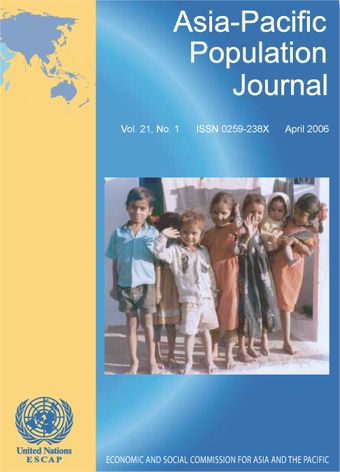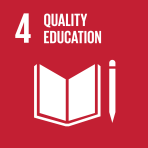-
International labour recruitment: Channelling Bangladeshi labour to east and south-east Asia
- Source: Asia-Pacific Population Journal, Volume 21, Issue 1, Jan 2007, p. 85 - 107
-
- 12 Jan 2007
- Previous Article
- Table of Contents
- Next Article
Abstract
International labour migration in Asia has experienced the most rapid growth in the last few decades. There are two major destination regions for labour migrants in Asia: Middle East and East and South-East Asia. In addition to countries of the Middle East, since the early 1980s we observe a sustained growth of foreign manpower in the prosperous countries of East and South-East Asia, particularly Singapore, Malaysia, the Republic of Korea and Japan. Those countries have followed specific temporary migrant worker programmes in recruiting foreign workers although the name and nature of the programmes vary. One can identify two types of temporary labour migration programmes implemented in the region – the “work permit” and the “trainee” programmes. Each migrant worker programme offers different rights and privileges to migrants. Malaysia and Singapore hire foreign workers under the “work permit” system, which provides special benefits to them as workers. But the Republic of Korea and Japan pursue a conservative policy with regard to the admission of foreign workers. They hire foreign workers mainly under the “trainee” system, which restricts benefits as trainees are not formally recognized as workers. In general, labour migration policies in the receiving countries in Asia can be broadly summarized as follows: limiting labour migration, limiting the duration of migration and limiting integration (Piper, 2004: 75).





